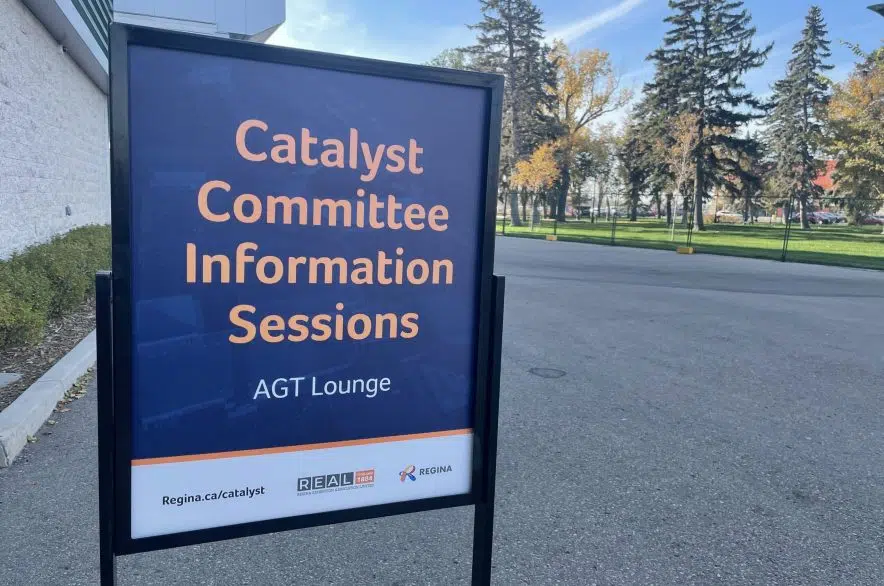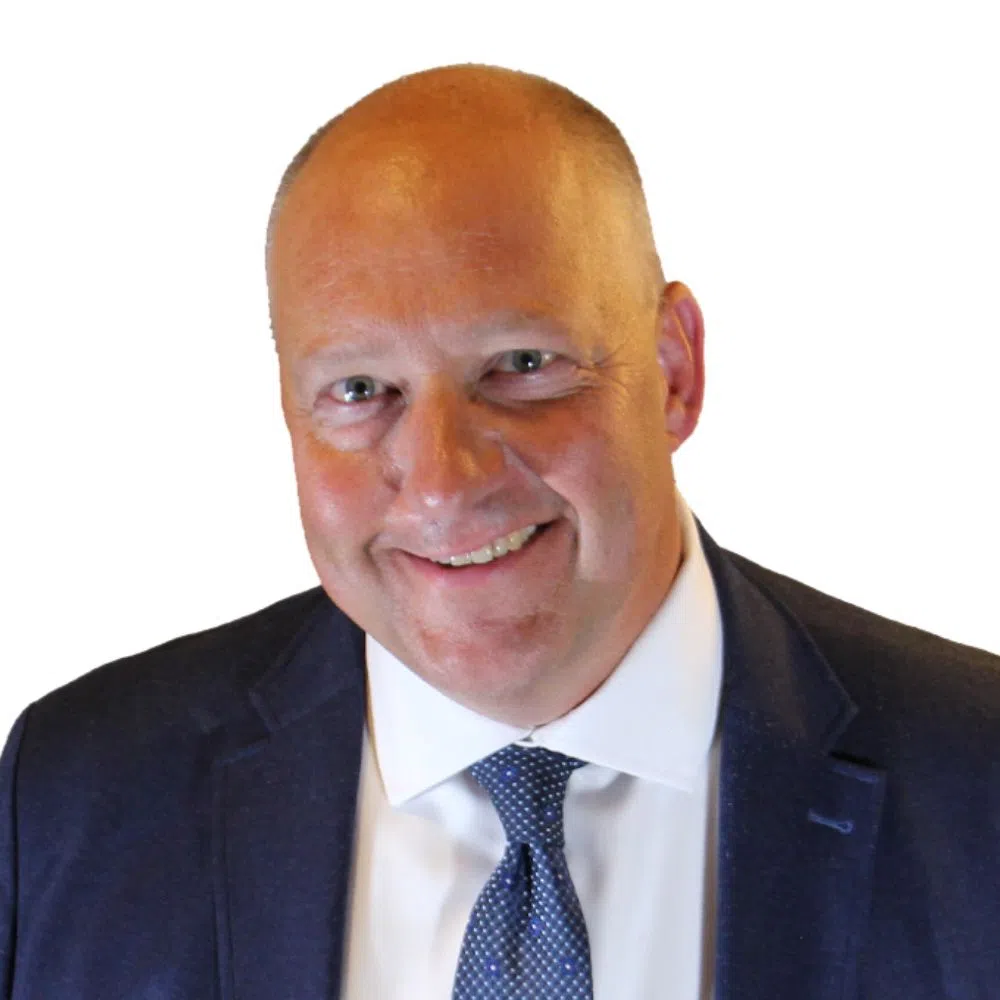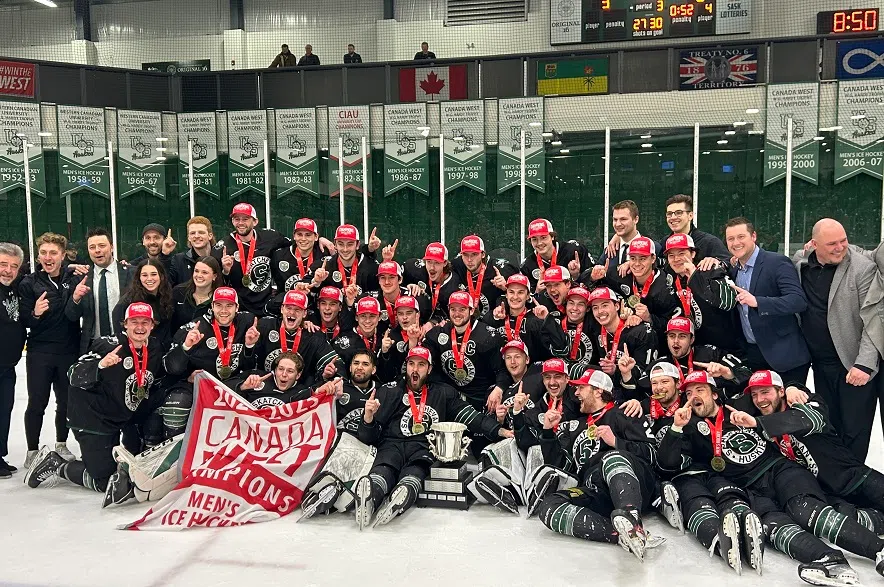None of Regina’s five proposed recreation and cultural projects got overwhelming support in an online survey of residents.
There are five projects being considered: An indoor aquatic centre; an arena to replace the Brandt Centre; a modernized downtown branch of the Regina Public Library; a multi-purpose outdoor baseball event centre; and, a synthetic outdoor field for soccer.
But in the recent public survey, only two of the five projects got support for public investment from the majority of respondents — the new indoor pool at 62.9 per cent agreeing, and the new central library at 56.7 per cent agreeing.
When it came to how to fund the projects, the largest chunk preferred a combination of all three levels of government, private investment and fundraising on three of the projects, and private investment alone for two of them.
Bob Hawkins, a city councillor and co-chair of the catalyst committee, believes there’s strong interest in the projects in the community.
“We saw very great interest in the library (and) very great interest in the pool. The interest in the pool has been percolating for many years now actually,” he said Thursday.
But the results of the survey appear to show that people are worried about public money.
“The public does want us to be very careful with public money — and we will be in the city — but that doesn’t mean that we ignore these kinds of projects,” Hawkins said. “Forty years ago if people had built none of these projects, the city would be in terrible shape. We have a responsibility when we’re spending public dollars not just to think about today but to think about what this means in 10 years and 20 years in the city.”
Tim Reid, the CEO of the REAL District and the other co-chair of the committee, said the results show there’s a great sensitivity in timing of when these projects would take place.
“We have other priorities in our city that are important (and) we need to weigh these against the importance of those. And there are some economic realities that we’re facing, or uncertainties, that we should be very mindful of,” said Reid.
But he also said they heard that people want the projects to be worked out and shovel-ready in case funding opportunities from the private sector or other levels of government come up.
Hawkins said people want to be proud of their communities and these projects are a part of that. Reid agreed, saying the committee had heard from a major international employer whose head office is in Regina, though he didn’t name the employer.
“(The employer said) ‘We can get (workers) for two years, we can get them for three years (or) possibly four years. But at some point, if our city doesn’t compete with those best in class in Canada or North America, we can’t convince those people to stay,’ ” said Reid.
Reid also said the facilities in question that would be replaced are at the end of their life and new ones are going to be needed in the next 10 years.
“I don’t think we can afford them all tomorrow but a decade’s not very long when you talk about projects that take a year of planning and two to three years of construction,” Reid explained.
Around 4,500 people completed the survey between Oct. 17 and Nov. 10, which amounts to less than two per cent of the city’s metropolitan area population.
But Hawkins was happy with that number, saying it’s among the highest engagement the city has got for something like this.
Next, the committee will take the survey into consideration as it makes decisions about the projects and timing, and will put together a report for city council in January.
The results
The city’s catalyst committee held eight public information sessions and more than 800 people turned up to find out more about the proposals.
Asked for their top priorities, the respondents selected the aquatic centre (2,486), the library (2,282), the arena (1,654), the outdoor baseball stadium (817) and the soccer pitch (663).
The aquatic centre: Of the respondents, 27.5 per cent said a new facility wasn’t at all a priority, 20.5 per cent said it was a high priority, 19.0 per cent said it was somewhat a priority, 16.9 per cent said it was a low priority, and 16 per cent were neutral.
Asked if they supported public investment in the $173-million facility, 32.8 per cent strongly agreed with the idea, 30.1 per cent somewhat agreed, 21.7 per cent strongly disagreed and 15.5 per cent somewhat disagreed.
If the facility was to proceed, 41.1 per cent of those who took the survey said it should happen within five years and 29.2 per cent selected within five to 10 years.
The library: Asked if a modernized central branch was a priority, 26.7 per cent said it wasn’t at all and 21.0 per cent said it was somewhat a priority. Only 19.1 per cent said it was a high priority, 16.7 per cent were neutral, and 16.4 per cent said it was a low priority.
Twenty-nine per cent of respondents somewhat agreed with the public investment of $125 million in the library, while 27.7 per cent strongly agreed, 26.0 per cent strongly disagreed, and 17.3 per cent somewhat disagreed.
The rink: The respondents didn’t view the new $120-million arena as a priority, with more than 60 per cent voting against it (41.6 per cent not a priority, 18.6 per cent low priority).
Around 16 per cent of respondents were neutral, with 14.5 per cent saying it was somewhat a priority and 9.5 per cent saying it was a high priority.
When it came to paying for the rink, 49.1 per cent of respondents said it should be privately funded.
Asked if they supported public investment in the rink, 39.0 per cent strongly disagreed, 26.8 per cent somewhat agreed, 20.7 per cent somewhat disagreed and 13.5 per cent strongly agreed.
More than 65 per cent of respondents said the rink shouldn’t be built for at least five years, with 38.3 per cent saying the timeline should be beyond 10 years and 27.1 per cent voting for five to 10 years.
The baseball field: More than half (51.5 per cent) of respondents said the stadium was not at all a priority, with 15.6 per cent neutral and 14.4 per cent calling it a low priority.
Ten per cent of people said it was somewhat a priority, with 8.4 per cent calling it a high priority.
More than 60 per cent of respondents weren’t in favour of public investment in the $15-million facility, with 43.7 per cent strongly against it and 20 per cent somewhat disagreeing with the notion.
Support was around 36 per cent — 24.3 per cent somewhat agreed with public money being used and 12 per cent strongly agreed. Nearly 44 per cent of respondents said the facility should be privately funded.
The vast majority of respondents said construction of a new stadium could wait — 37.6 per cent voted for a timeline beyond 10 years and 22.6 per cent said it could be built five to 10 years down the line.
The soccer field: Support for the outdoor synthetic field was limited.
Around 40 per cent of respondents said it wasn’t at all a priority, 19 per cent said it was a low priority and 22.7 per cent were neutral. Only 11.8 per cent of voters said it was somewhat a priority and just 6.5 per cent said it was a high priority.
Given its relatively low $10-million price tag, there was more than 44 per cent support for public investment (34.3 per cent somewhat agree and 10.3 per cent strongly agree) if the project was to proceed. More than 55 per cent didn’t approve of the city funding the project (31.0 per cent strongly disagree and 24.4 per cent somewhat disagree).







